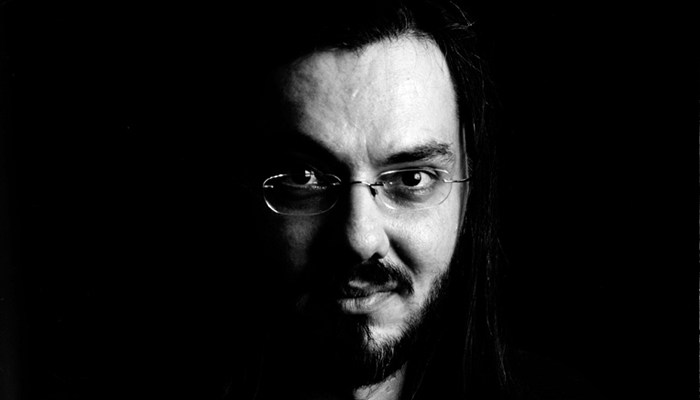Cello Powder
Cello Powder
(the complete works for cello)
Nikos is a Greek cellist who specialises in strangely electronic sounding acoustic drones. He recorded every note that it’s possible to play on the cello, all played back at the same time as a one hour drone, while the cello that was played for the recording process is turned to powder and bottled.
ReadNikos is a Greek cellist. His music is very minimal, focuses on drones and tends to make the cello sound quite unlike a cello, electronic, sometimes harsh and rough-edged. He’s played with loads of really interesting musicians: from electro-acoustic improvisers like Taku Unami or Rhodri Davies (played at Instal 05 and 08.) to minimalist greats like Tony Conrad (minimal violinist, 60’s cohort of La Monte Young and epicurean prankster/ super rigorous musical thinker. In 1965 proposed the title of Michael Leigh’s book The Velvet Underground as a good name for his pal John Cale’s new group). What is he doing? Here’s how Nikos describes it: Cello Powder (the complete works for cello) is a ‘durational’ project in two parts.
Part 1 – Recording (but really the recordings were as much of a performance as what happens at the festival, don’t you think?). The sonic range of the cello is divided into 100 quarter tones. Every quarter tone is recorded for one hour. During this hour volume and timbre change (going from soft/ very loud, pure tone/ noise and back again).The sonic result e.g. 100 one hour drones will be mixed into one audio file (all 100 files will sound simultaneously) called the complete works for cello and pressed onto a limited amount of cds.
Part 2 – Performance. The cello used in the recording will be destroyed (turned into powder) in front of a live audience while the complete works for cello will be played back through speakers and 100 video images show the actual one hour drones as they were recorded. The powder will be used to fill jars of approximately 250ml labeled, numbered and sealed. Every jar will be accompanied by a complete works for cello cd. The number of cds available will be equal to the number of jars, the rest of the cds will be destroyed in front of the audience. The cello powder packs (jar of cello powder + complete works for cello cd) will be available for sale. The price will be determined by the number of jars filled (price of the cello used divided by the number of jars). The performance will be videotaped. The audio file of the complete works for cello plus the unedited video file of the cello powder performance will be available for free download through Nikos’ website www.cellopowder.com.
Why is it interesting?
This project is a very personal one. Nikos plays drones. That’s what he’s done for years. In fact almost all of his music focuses on drawing alien, electronic sounding drones from his cello. Here he is, pre-recorded but on screen in front of you, performing/ recording 100 individual drones, each an hour long. It took him months. Each drone varies from the other both in pitch but also in how it is played: different pressure, speed, physical conditions (exhaustion, sore fingers etc). So while individually unique, together they encompass one approach Nikos could make to every drone he could play on the cello.
I can see how such a long process could feel both like a very creative act (hours of playing, of thinking) and also cathartic; like an infinite regress, ever decreasing circles draining the life out of that cello. By then destroying same cello I see a very nice balance to the project, one that gives it form; creation balancing destruction. Oh, and it’s not really just a cancelling of the cello, it’s also a cancelling of all of Nikos’ work in performing those 100 drones. Does it turn them into a futile or at best transient action? (Who here has read Life as Users Manual by George Perec? I can highly recommend it. Anyway, one of the main characters (Bartlebooth) devises an, (in some ways similar, but longer/ more involved) project. He spends 10 years learning how to paint watercolours, 20 years travelling the world painting a different port every two weeks, sending each paintings home to Paris to be turned into jigsaws by a master jigsaw maker who lives in the same building. When he returns home after his 20-year trip, he spends the rest of his life trying to solve the puzzles. When one is solved, he glues it together so as to re-make his painting, and sends it to the original port featured in the puzzle/ painting with instructions that, exactly 20 years to the day after he painted that port, someone is to place this painting/ puzzle in seawater until all the paint dissolves. The blank paper is sent back to Bartlebooth. Bartlebooth never finishes his puzzles (they get harder, he goes blind) and dies with about 62 of the 500 he painted still to finish.)
Can I ask some questions? How does this destruction (In this case specifically, and in art in general) take you? Is a liberating action, or a statement that action is futile? Is it a physical metaphor for the fact that any creative choice means something else is discarded/ destroyed? Is it a bit too concerned with the power of death over life? Is it fatalistic, or is it a way of passing the time? Oh, and you’re not seeing the performance really; you’re seeing the balancing or cancelling out of the performance(s).
Documentation
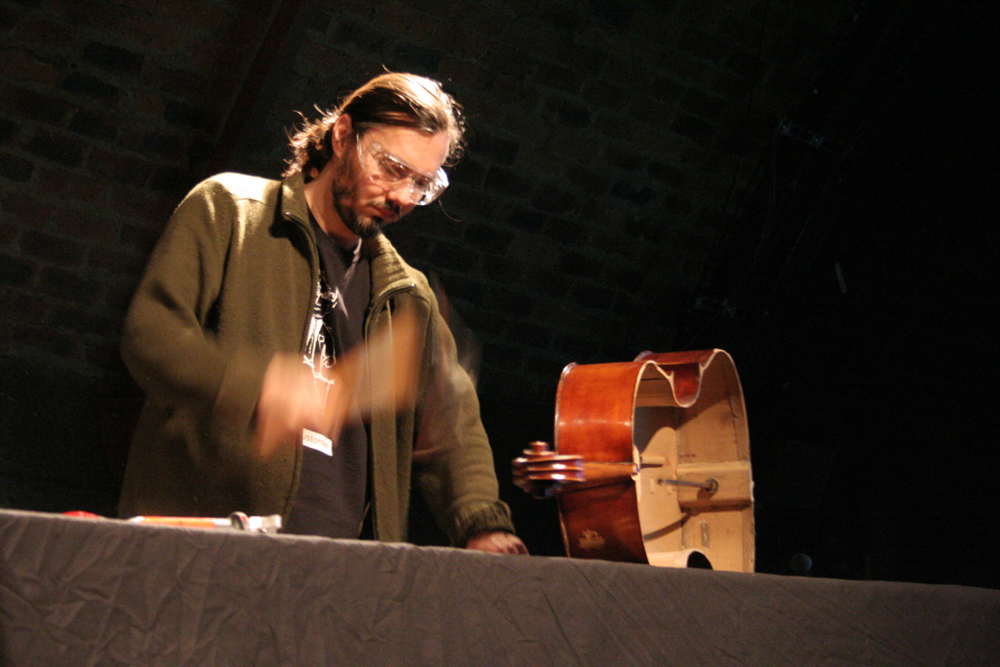
▴ Credit: Bryony McIntyre
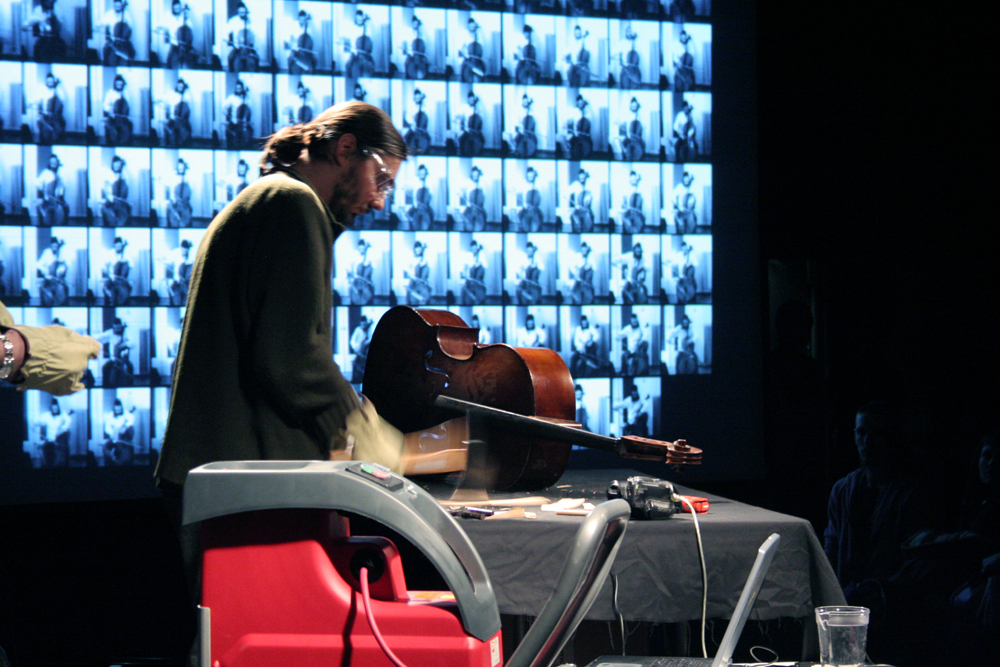
▴ Credit: Bryony McIntyre
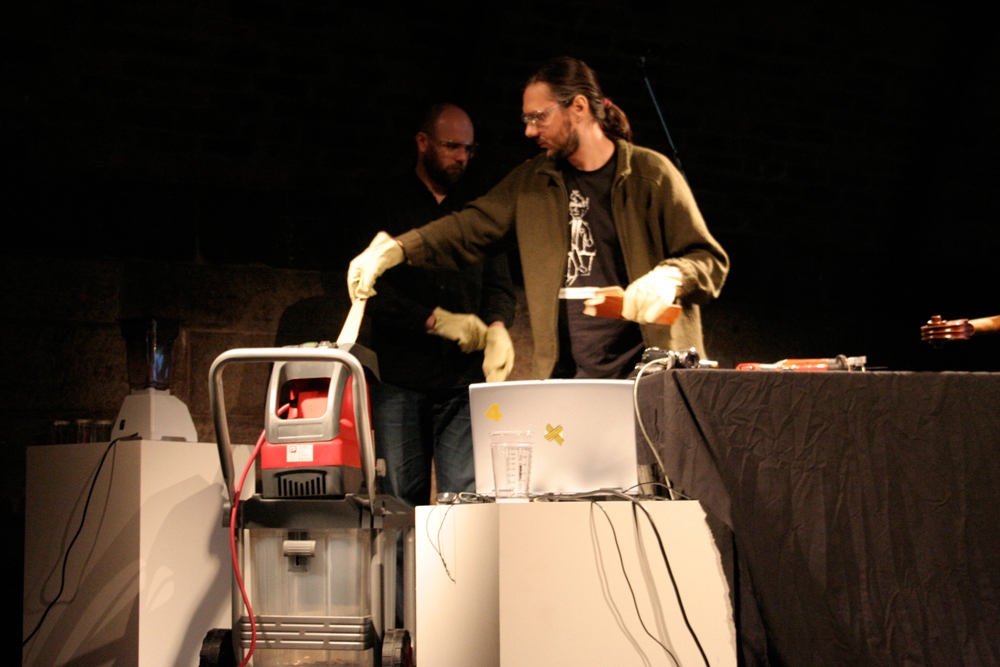
▴ Credit: Bryony McIntyre

▴ Credit: Bryony McIntyre

▴ Credit: Bryony McIntyre

▴ Credit: Bryony McIntyre
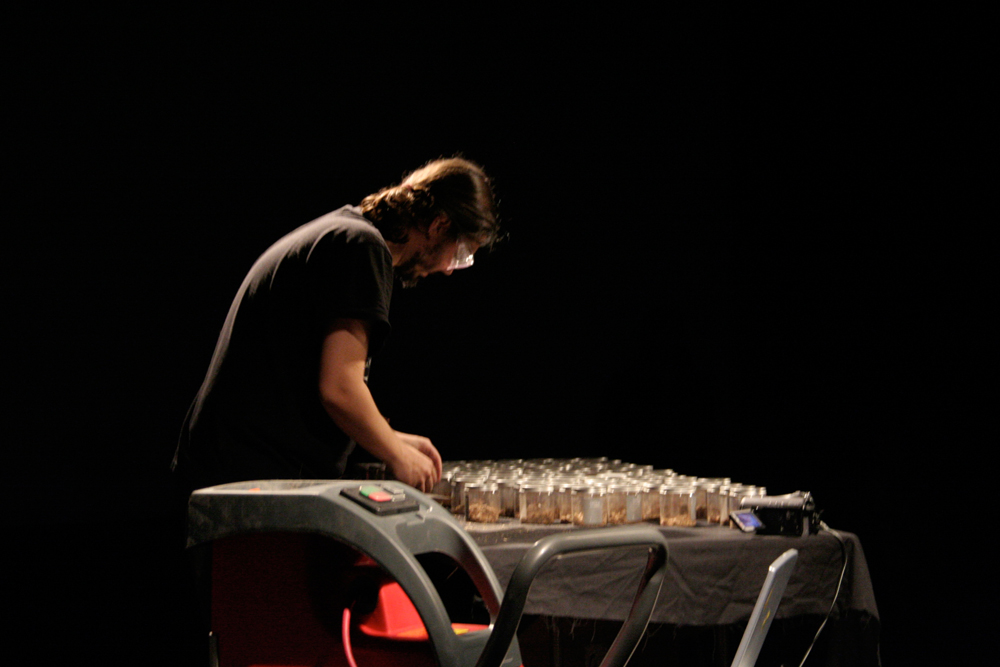
▴ Credit: Bryony McIntyre
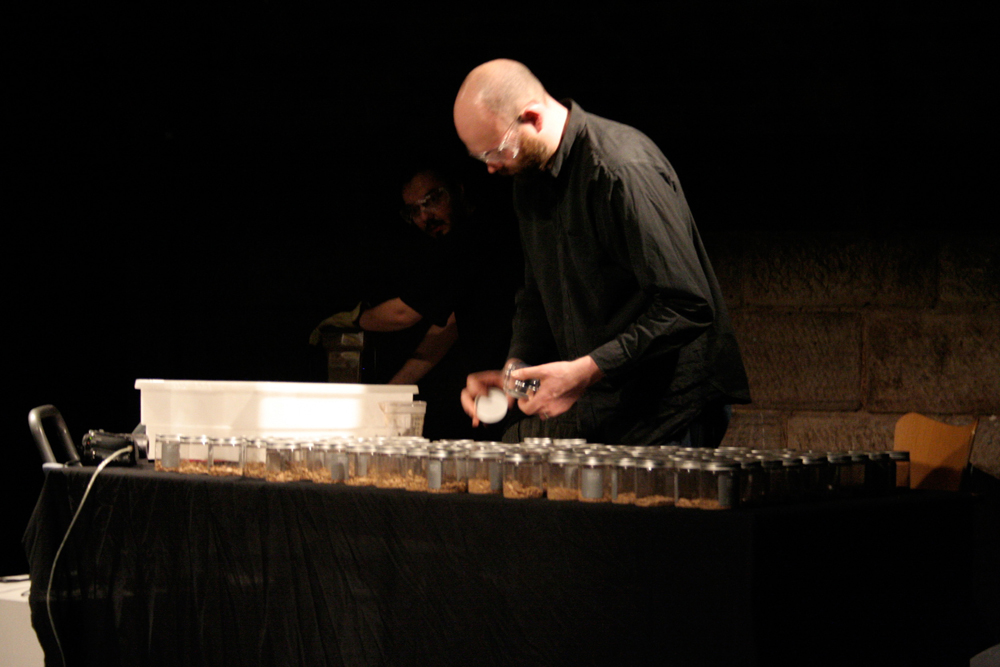
▴ Credit: Bryony McIntyre

▴ Credit: Alex Woodward
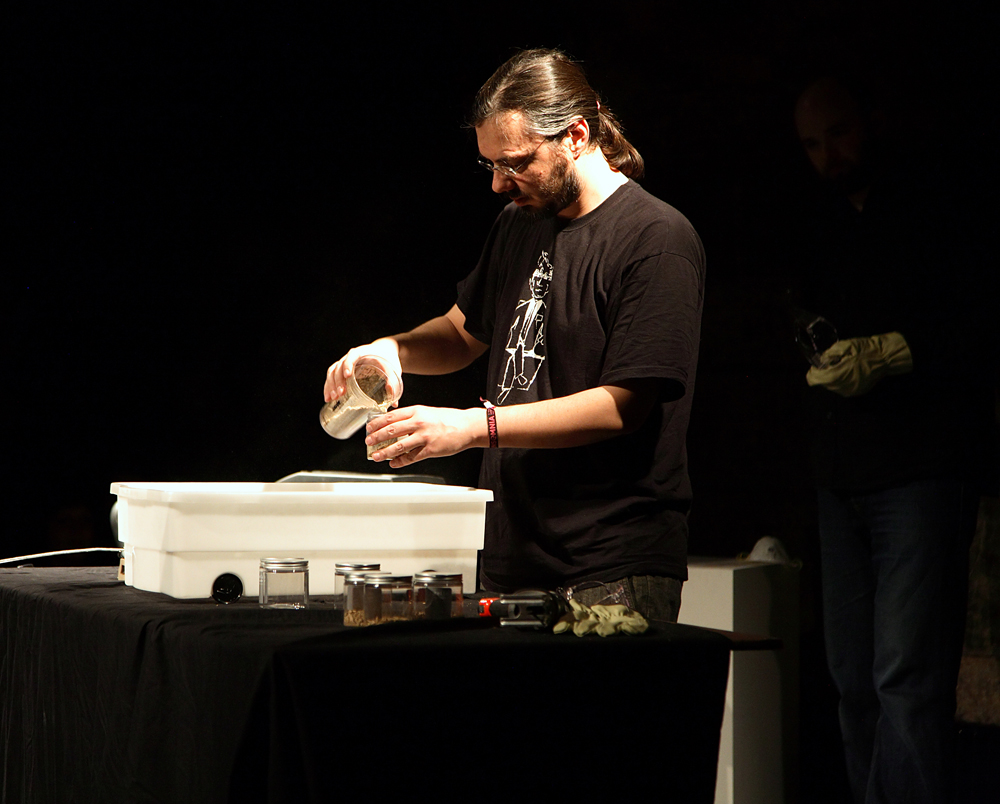
▴ Credit: Alex Woodward
Artists
